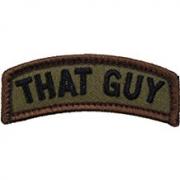All of the above is why we're all paying premium prices for S&W Revolvers that were made in 1994 or earlier. There were still Craftsmen who took Pride in their work and a company that cared about the product they sold, and the customers who bought those products.



 Reply With Quote
Reply With Quote




